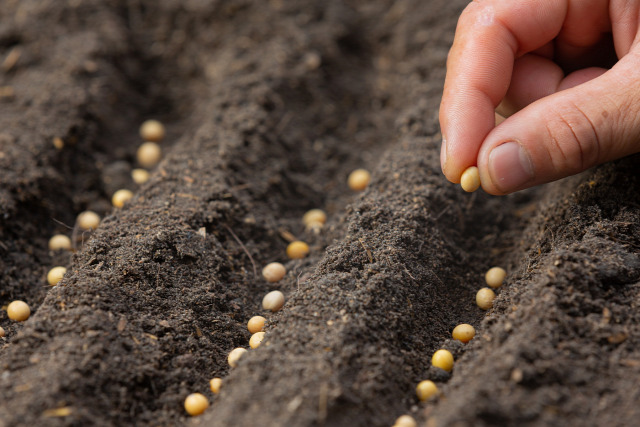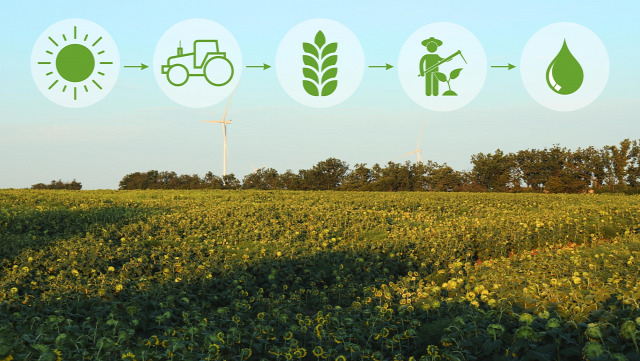
The field of surgery has undergone a significant transformation with the advent of surgical robotics. These advanced robotic systems are enhancing precision, flexibility, and control in surgical procedures, leading to improved patient outcomes and reduced recovery times.
The global market of surgical robotics is experiencing rapid growth, driven by technological advancements, increasing demand for minimally invasive surgeries, and a rising geriatric population.
According to BIS Research, the Global Surgical Robotics Market was valued at $8,705.3 million in 2022 and is anticipated to reach $18,410.9 million by 2032, witnessing a CAGR of 7.78% during the forecast period 2022-2032.
Evolution of Surgical Robotics
Surgical Robotics involves the use of robotic systems to aid surgeons in performing complex procedures with enhanced accuracy and control. Key components of surgical robotic systems include:
Robotic Arms: Equipped with surgical instruments and controlled by the surgeon, these arms provide precise movements and flexibility.
Control Console: The surgeon operates from this console, which provides a high-definition, 3D view of the surgical site and allows precise control over the robotic arms.
Imaging Systems: Advanced imaging technologies provide real-time visualization of the surgical area, enhancing the surgeon's ability to navigate and perform the procedure.
Key Market Dynamics
Several factors are driving the growth of the global market of surgical robotics:
Technological Advancements:
- Innovations in robotic systems, including enhanced imaging, haptic feedback, and AI integration.
- Improved capabilities and increased adoption of surgical robotics.
Increasing Demand for Minimally Invasive Surgeries:
- Preference for minimally invasive procedures due to benefits like reduced pain, shorter hospital stays, and quicker recovery times.
- Crucial role of surgical robots in facilitating these procedures.
Rising Geriatric Population:
- Growth in the elderly population leading to more age-related conditions requiring surgical intervention.
- Increased demand for advanced surgical technologies.
Growing Healthcare Expenditure:
- Higher investment in healthcare infrastructure and adoption of advanced medical technologies.
- Contribution to market growth.
Request A Free Detailed Sample on Global Surgical Robotics Market Research Report.
Global Surgical Robotics Industry Segmentation
Segmentation by Type:
- Surgical Systems
- Instruments and Accessories
- Services
Segmentation by Application:
- General Surgery
- Urology Surgery
- Gynecology Surgery
- Orthopedic Surgery
- Cardiology Surgery
- Head and Neck (including Neurology) Surgery
Segmentation by Region:
- North America
- Europe
- Asia-Pacific
- Latin America
- Rest-of-the-World
Global Market Challenges and Opportunities
While the global surgical robotics market presents substantial opportunities, several challenges must be addressed:
High Costs: The high initial cost of robotic systems and the associated maintenance expenses can be a barrier to adoption, particularly for smaller healthcare facilities. Developing cost-effective solutions and financing options is crucial.
Technical Complexity: The complexity of robotic systems requires specialized training and expertise. Comprehensive training programs and support services are essential to ensure successful implementation and utilization.
Regulatory Hurdles: Navigating the regulatory landscape for medical devices can be challenging. Clear guidelines and streamlined approval processes are necessary to facilitate market entry and growth.
Integration with Existing Systems: Ensuring compatibility and seamless integration with existing surgical and healthcare systems is critical for widespread adoption.
Conclusion
The Global Surgical Robotics Industry is revolutionizing the field of surgery, offering unparalleled precision, control, and efficiency. As technology continues to advance and the demand for minimally invasive procedures grows, surgical robotics is set to play an increasingly critical role in the healthcare landscape. By addressing challenges related to cost, complexity, and integration, and leveraging opportunities in AI, emerging markets, and collaborative robotics, stakeholders can unlock the full potential of surgical robotics, transforming surgical care and improving patient outcomes worldwide.





